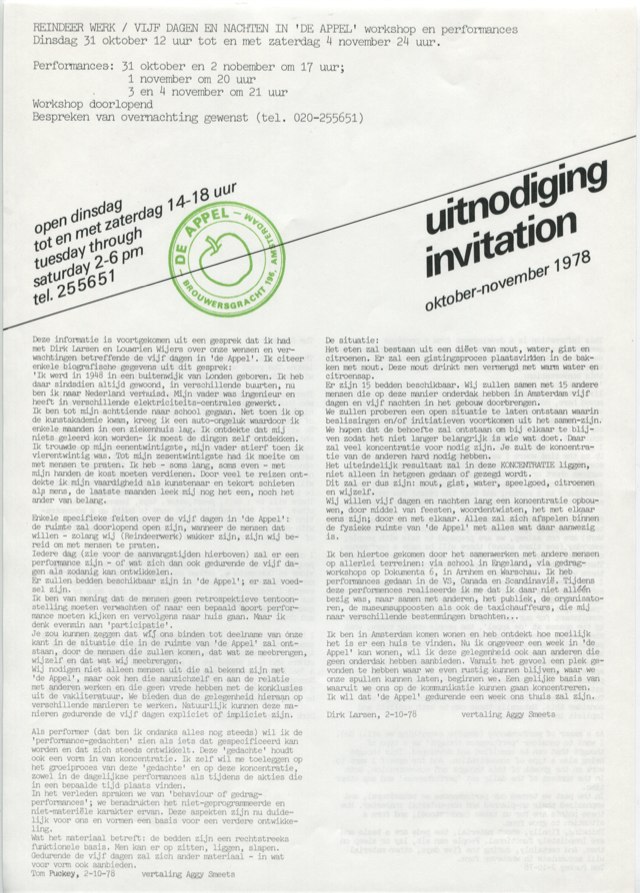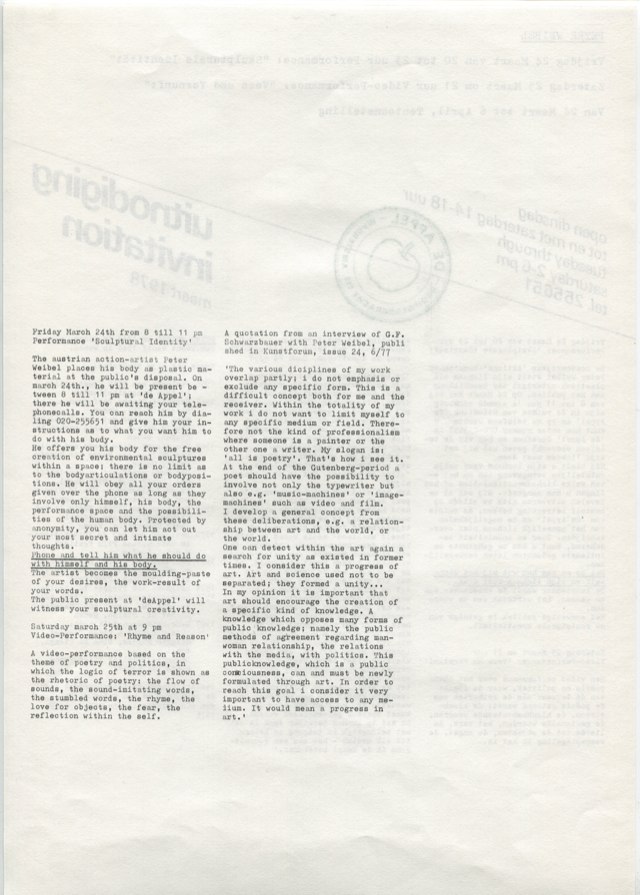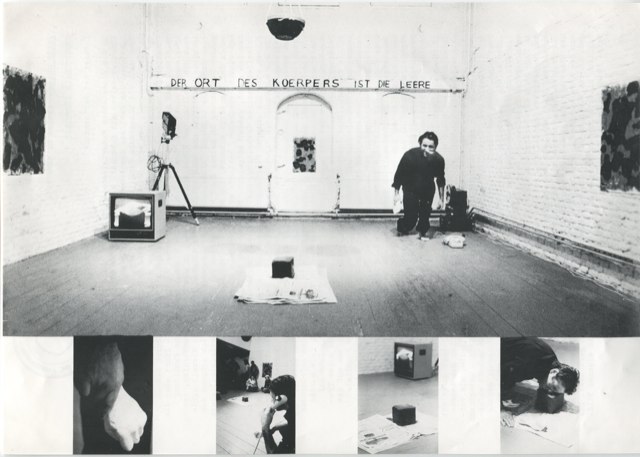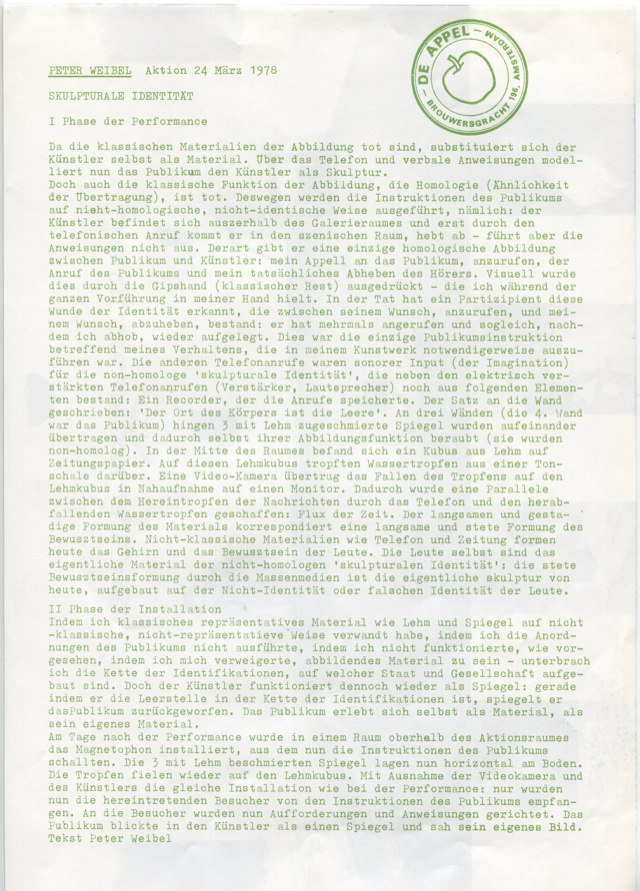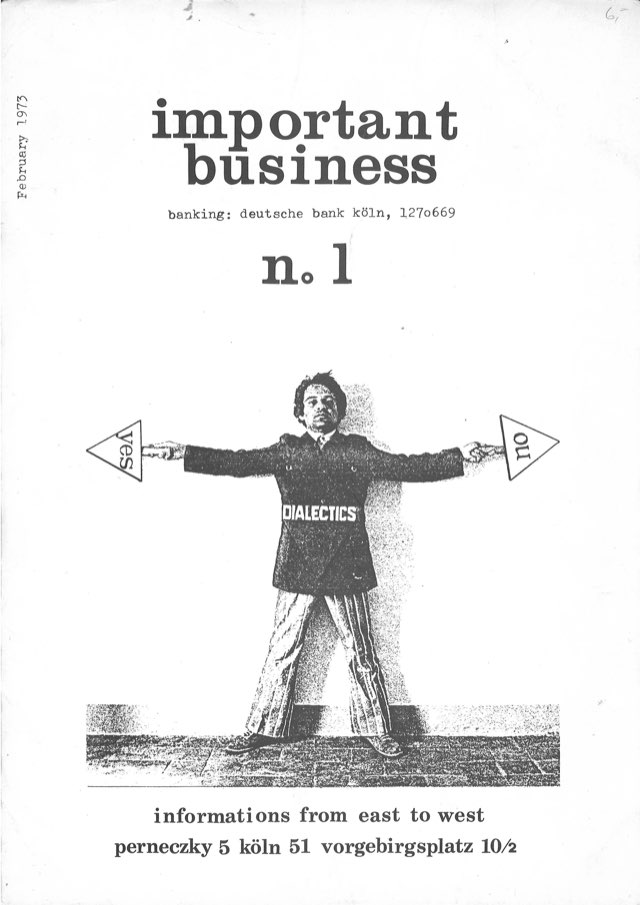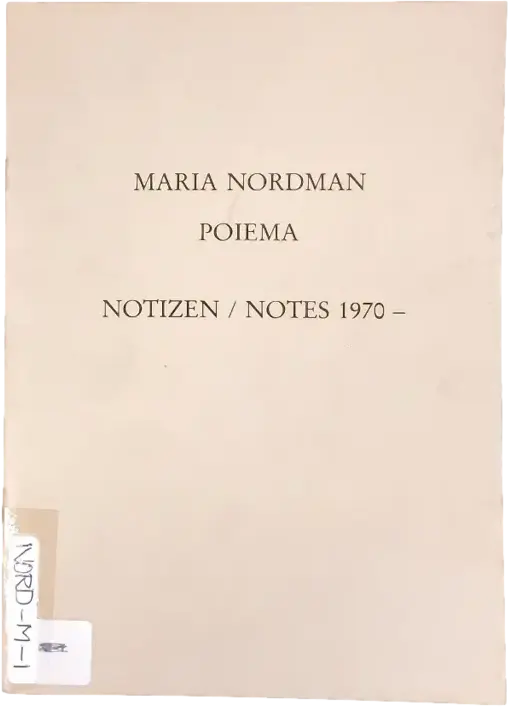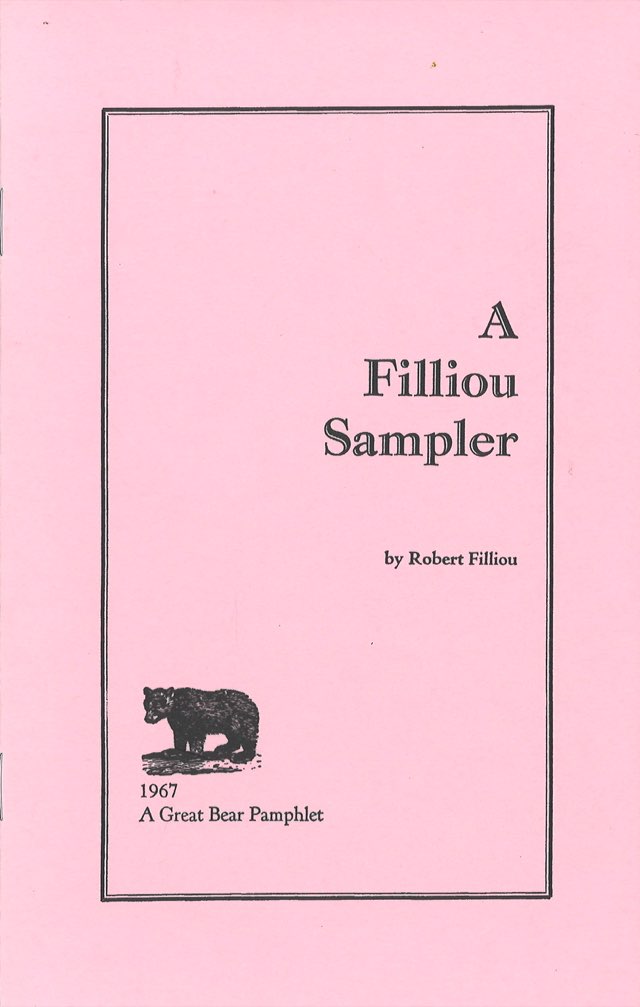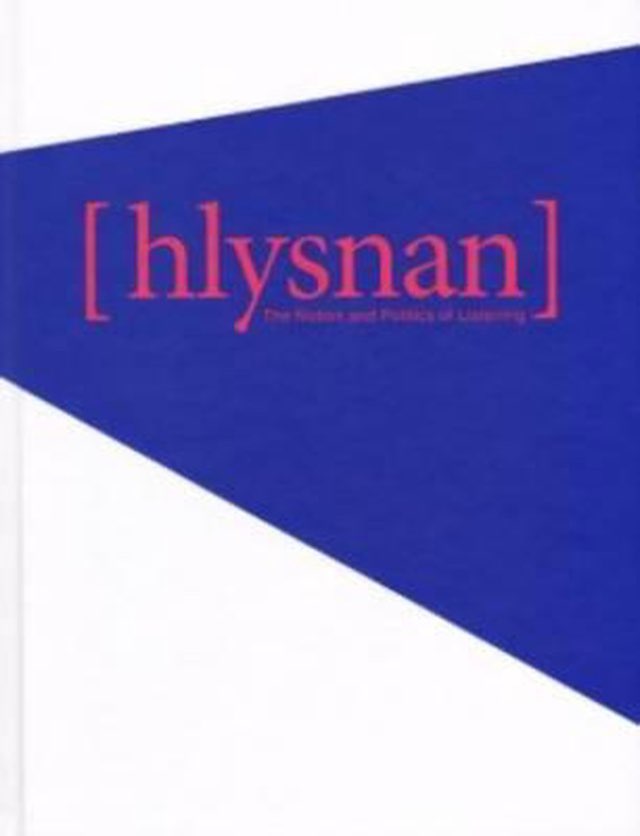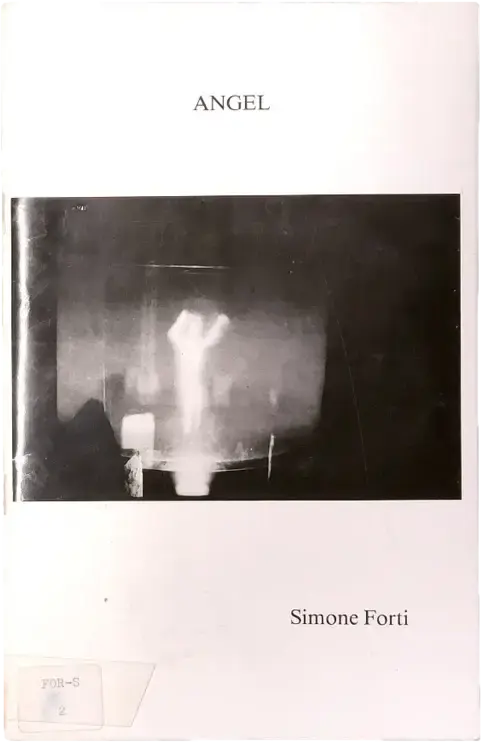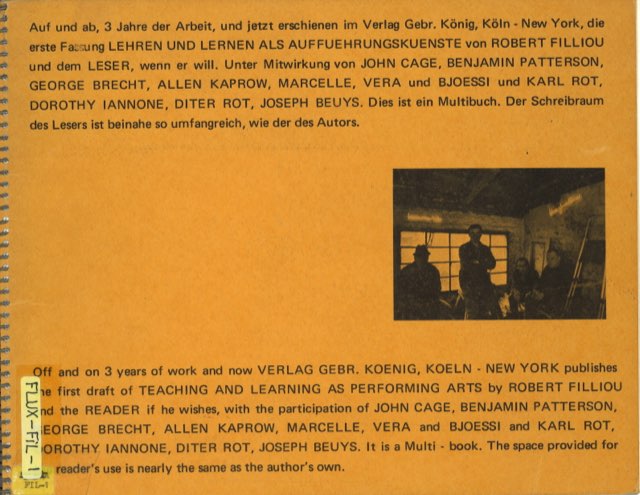Peter Weibel "Skulpturale Identität, Vers und Vernunft & tentoonstelling"
24.03–05.04.1978
de Appel, Brouwersgracht 196, Amsterdam
de Appel, Brouwersgracht 196, Amsterdam
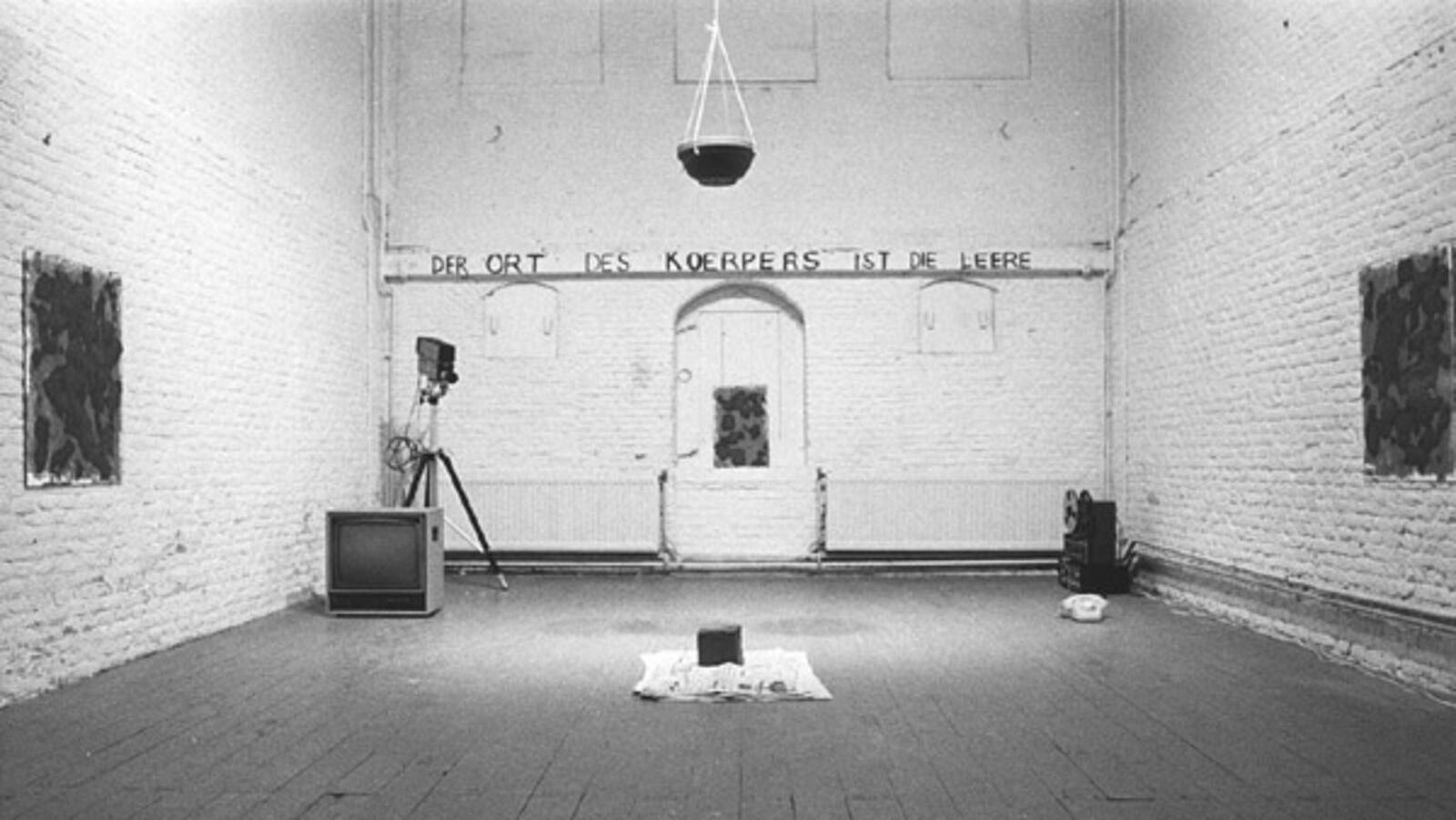
Skulpturale Identität
© Thijs Schouten, Amsterdam
© Thijs Schouten, Amsterdam
March 24: performance Skulpturale Identität
‘Since the classic sculptural materials are dead, the artist uses himself as a material by receiving verbal instructions over the telephone; the public models the artist into a sculpture. But the classic function of the representation, homology (equivalence of communication), is also dead. The public’s instructions are therefore obeyed in a non-homologous, non-identical, way. The artist is stationed outside the performance space. He is only present when the telephone rings. He then picks it up and ignores the instructions. The outcome is a homologous representation between the public and the artist: my request to the public to phone me, the telephone conversation and the fact that I pick up the phone. Visually, this process was expressed by means of a plaster hand (a classical vestige) which I hold in my hand during the performance. One participant did indeed recognize this identity conflict, which lay between his wish to telephone and my wish to pick up the phone. He phoned several times and put the receiver down as soon as I picked it up. This was the only instruction from the public with regard to my behaviour which was inescapable in the context of the work of art. The other telephone calls were audio input (the imagination) for the non-homologous sculptural identity, which, apart from the electronically amplified conversations (amplifier, speaker), consisted of the following elements: a tape recorder which registered the conversations; a text written on the wall, ‘the place of the body is the emptiness’; three clay-smeared mirrors hung on three walls (the public formed the fourth wall); the classic sculpture and modelling material, i.e. the clay and the mirror, are used on over the other and thereby lose their representational function (they become non-homologue). In the centre of the space, a rectangular block of clay, upon which water dripped from an earthenware bowl, rested on a newspaper. This process was visible on a video monitor. A parallel was thus created between the dripping in of information through the telephones and the dripping water: passage of time. The slow, gradual shaping of the material corresponds to a slow, gradual forming of consciousness. Modern materials such as a newspaper or telephone shape the thinking and consciousness of people in our times. The people are themselves the ‘real’ material of the non-homologous ‘sculptural identity’; the continual shaping of consciousness by the mass media is nowadays the ‘real’ sculpture and is constructed on the non-identity or a false identity of people.’ (Peter Weibel, press release De Appel, March 1978.)
March 25 through April 5: installation
‘The day after the performance, the tape recorder was placed in the exhibition space. The voices of the people giving instructions could were replayed at a loud volume. The clay-smeared mirrors now lay horizontal on the floor, and the drips of water fell onto the clay block. Except for the video monitor and the presence of the artist, the installation looked the same as during the performance. The visitors to the exhibition now heard the instructions from the tape recorder. They were confronted with their own instructions, with their own image and way of seeing. The public saw itself reflected in the artist and in their own image.’ (Peter Weibel, press release De Appel, March 1978.)
March 25: video performance Vers und Vernunft:
'A video performance based on the theme of poetry and politics, in which the logic of terror is shown as the rhetoric of poetry: the flow of sounds, the sound-imitating words, the stumbled words, the rhyme, the love for objects, the fear, the reflection within the self.' (Invitation De Appel, March 1978.)
See also
